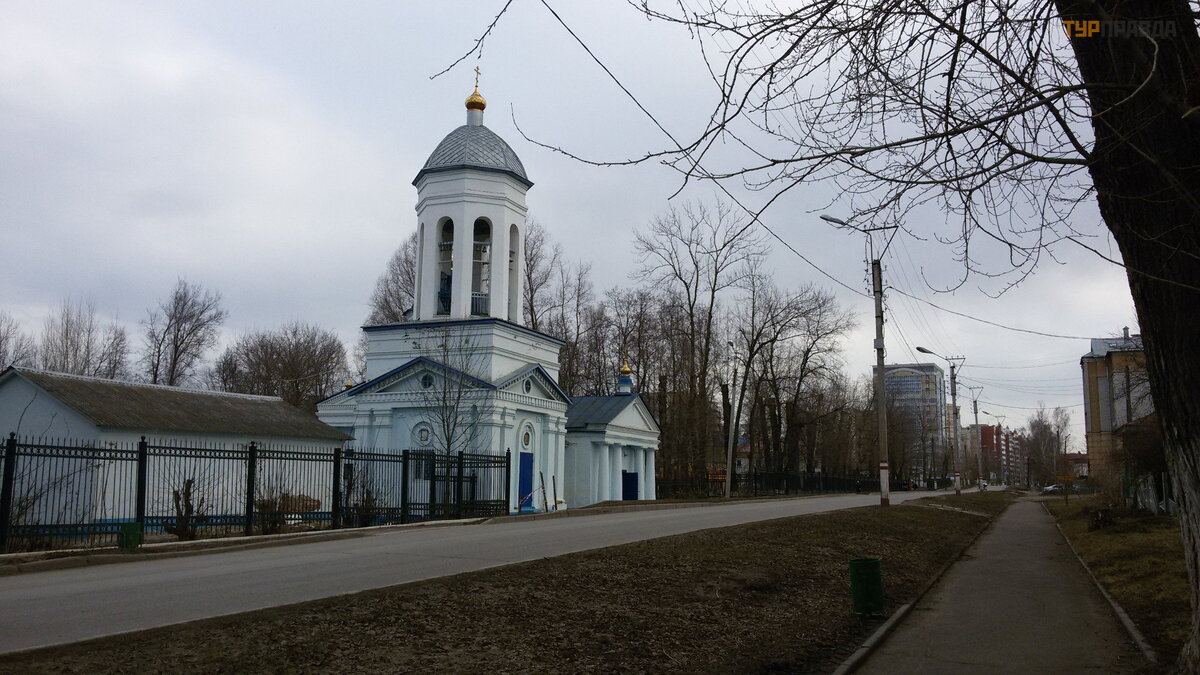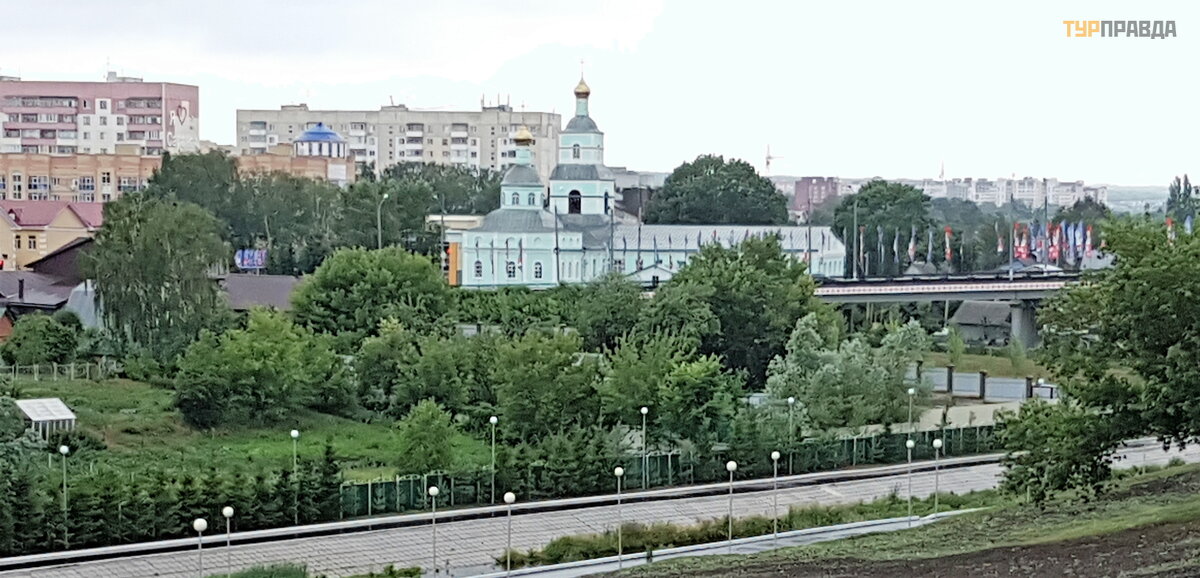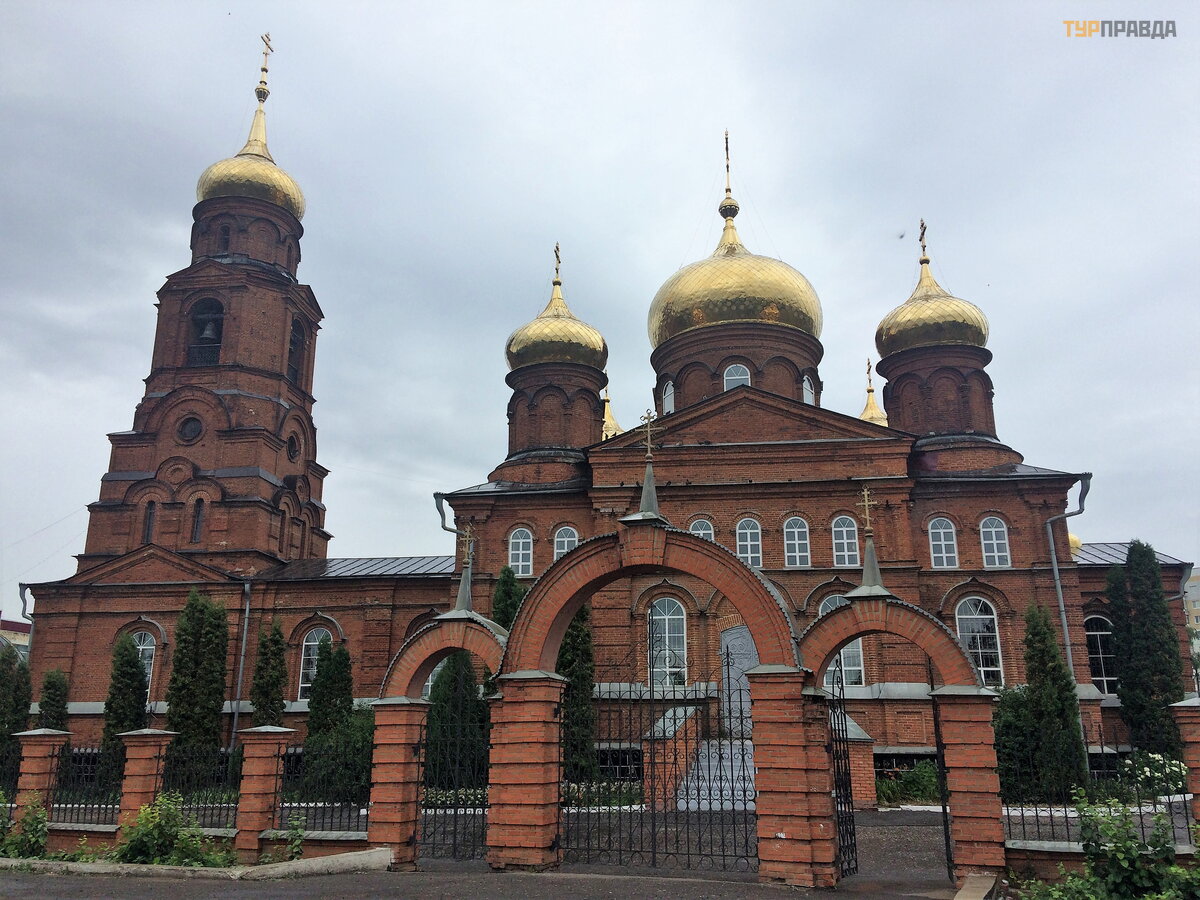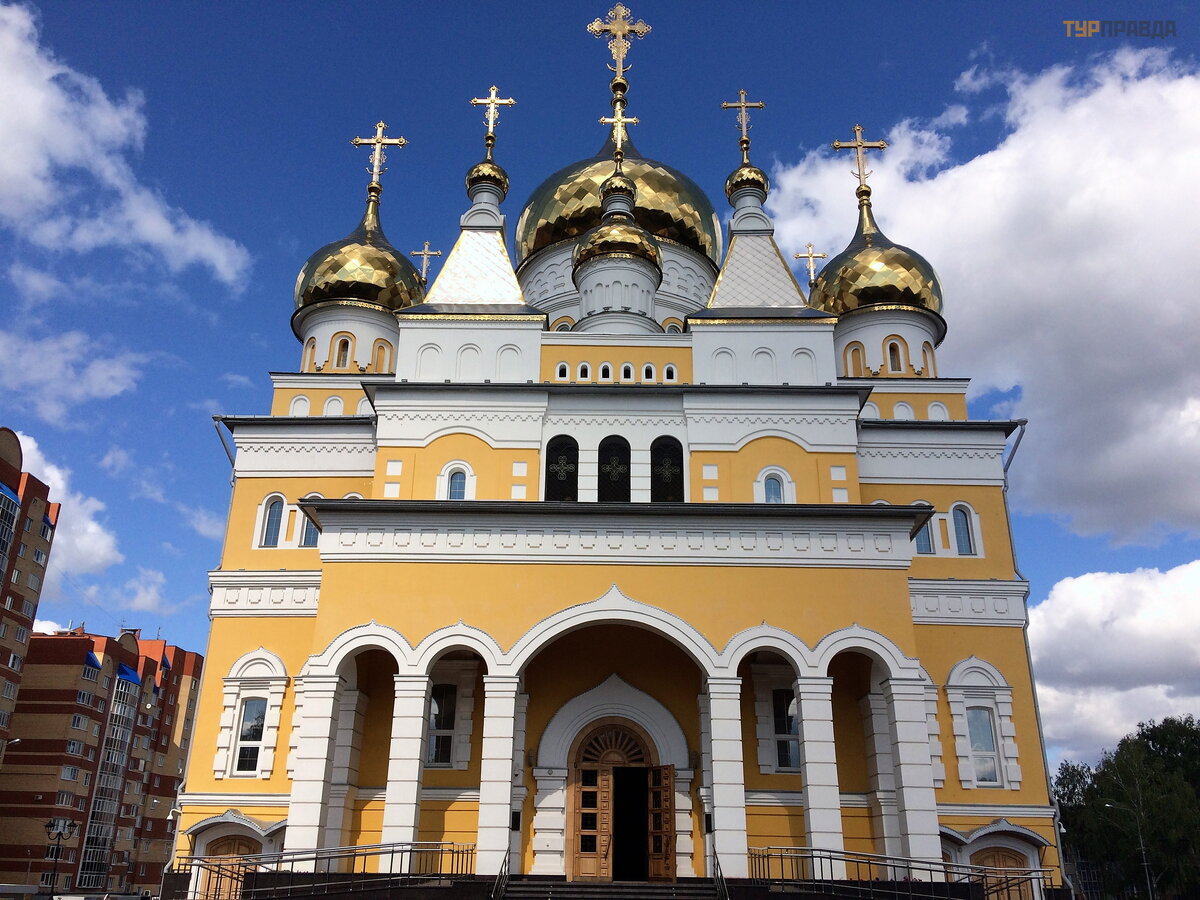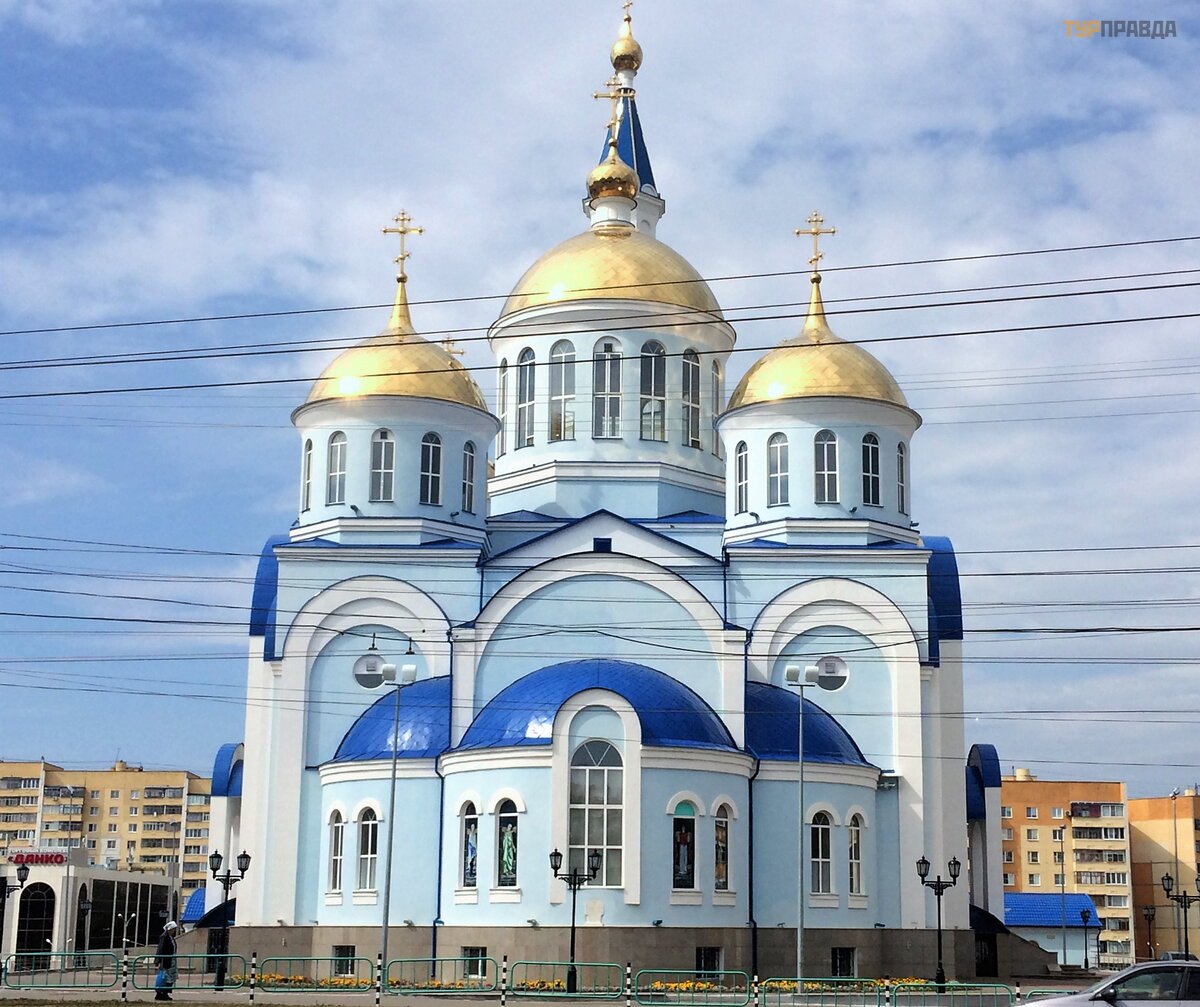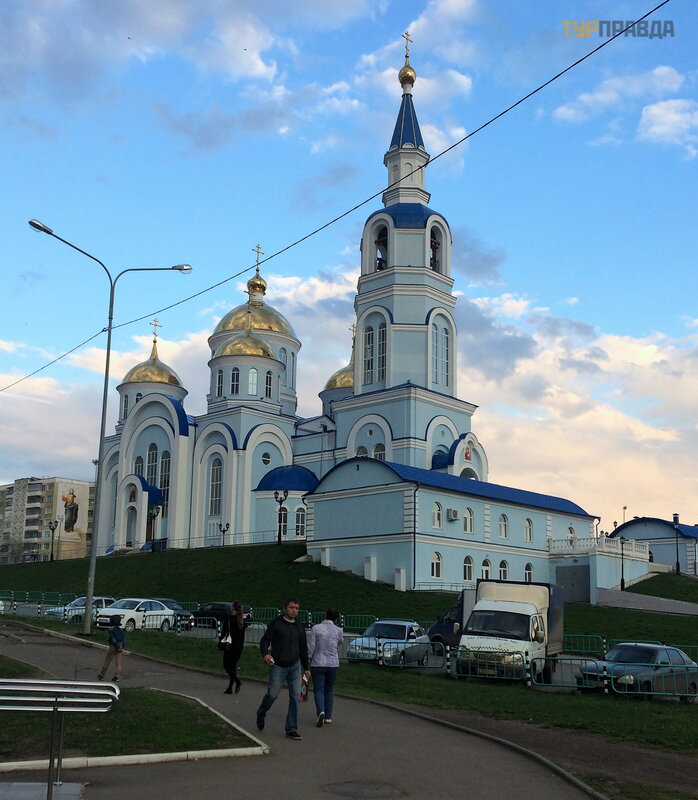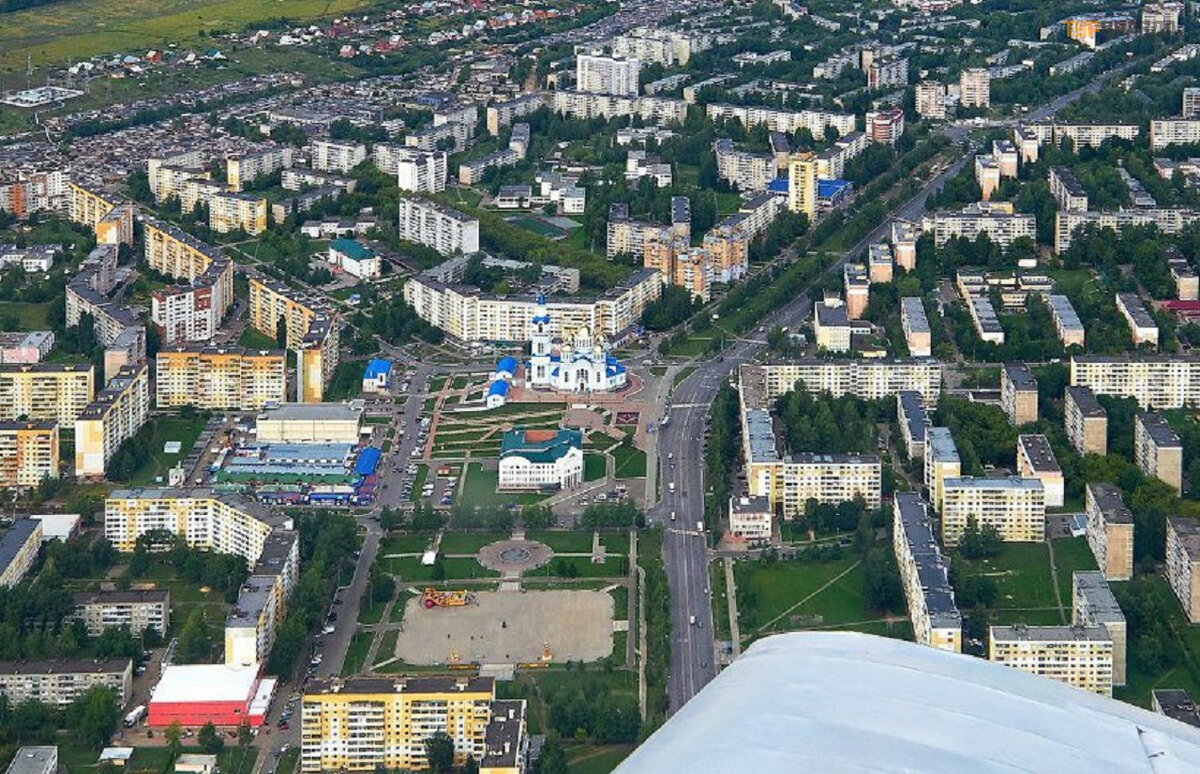SARANSK - an unfamiliar old acquaintance. Part 4. About churches
I will continue my story about the changes in the city of Saransk that have taken place in the last twenty years. In the first part we walked around the Center of the capital of Mordovia, in the second part loaded a little with my memories, and in the third we learned that in Saransk there is not only a stadium built for the World Cup.
And in this part of my story, as befits a true tourist, we will go over the most famous and significant temples and churches of the city. I want to note that this review is not about religion, but about buildings. It so happened historically that Orthodox Christianity prevails, although people of various faiths live side by side in peace and harmony in Saransk.
When I was just thinking about my selection about Saransk, it seemed that there was nothing to show, except for the glass facades of modern buildings. But no, a little bit of history has been preserved, there are antiquities in the city, commensurate with the age of the city itself - the year Saransk was founded - 1641. To think that there are few historical buildings left in the city - this is the result of vandal actions of the Soviet leadership - is not entirely true. In fact, Saransk has always been a predominantly wooden city, as a rule, churches and temples were made of stone, some of which have survived to this day. And in the 19th century, several terrible fires occurred in the city at once, which destroyed the historical buildings. Some brick buildings, built already in the late 19th - early 20th centuries, still serve the city, a vivid example of this, for example, the city administration building.
Before the Great October Revolution of 1917 in Saransk, as in any other city and town of the Russian Empire, there was a huge number of churches and monasteries. In the wilds of the Internet, I found such a photo, a view from Pushkin Park (year unknown, author Yegunov)
At the very beginning of our walk, we walked through those places, let's try to find our bearings:
1. Peter and Paul Monastery XVIII century, bell tower 52 m. , in its place is a partially new Ushakovsky Cathedral.
2. Church of the Nativity, the beginning of the 19th century, in its place the House of the Republic.
3. Spassky Cathedral, in its place - a monument to Lenin.
4. Fountain Descent
During the Soviet period, as we all know, the vast majority of religious buildings were destroyed, at best, converted into a warehouse. Good or bad, but precisely because the buildings of churches and temples were somehow used, we can now contemplate them. In the 90s of the last century, an active revival, formation and development of the Russian Orthodox Church (ROC) began, and in Saransk they began to restore the surviving church buildings, and began to build new ones.
The Cathedral of Fyodor Ushakov is the visiting card of modern Saransk
Admiral Fyodor Ushakov was canonized in 2001, and in 2002 he was elected patron saint of Mordovia. A temple was founded in his honor in the same year. The construction was completed in 2006.
With its brilliance and splendor, the Ushakovsky church overshadowed, as it were, correctly... its predecessor, perhaps, an older comrade - the Church of St. John the Evangelist, which until 2006 was the cathedral church of Saransk.
This church is literally a few steps away on the nearby Democratic street. The building of the Church of St. John the Evangelist is the oldest surviving building in the city - the year of construction was 1693. In addition, it remained the only functioning church in the city during the Soviet period of history.
This is the early 2000s. In the center is the Church of St. John the Evangelist, on the right is a white building - a printing house, on the left - the legendary for the city photo studio "Smile"
And in January 2019, these places already look like this. The building of the printing house was repurposed as a shopping center "RIO", and instead of "Smile" a bank
In general, this district has been tacitly called "In Christ's bosom" since Soviet times. Party leaders of that time lived (and still live) in the district, functionaries of our period, and so, all sorts of outstanding personalities - the very center, close to jobs, a quiet place....Well, God is nearby, if anything...
On the outskirts of Pushkinsky Park is the Church of the Assumption of the Blessed Virgin Mary, built in 1734
In fact, there was a complex of two churches of the Assumption and Nikolsky with a common bell tower. In the 30s of the last century, the Assumption Church was demolished, and Nikolskaya was used as a sobering-up station, a police picket, a museum of rare books and a utility room of the PKiO named after. A. S. Pushkin. In the 90s, the building was returned to the Russian Orthodox Church, restored and lit in the name of the Assumption of the Blessed Virgin Mary.
Relatively close to this church, near the Batevgrad bridge, there is another restored church - Church of the Nativity of John the Baptist (1800), the building was used as a bakery, now the Saransk Theological School is located here.
Also not far from PKiO im. A. S. Pushkin, only on the other side, on Moskovskaya Street, is the building Three Saints Church (1765), mentioned by me in the third museum-theater part of the story. The study of this building, so to speak, was more successful - in 1935 the museum of local lore settled here and existed until 2017. Although the decision to return the church building has been made for several years, there are no crosses on the cupolas yet. Already the former local history museum and still the former Church of the Three Hierarchs
Among residential buildings at the intersection of Volodarsky and Khmelnitsky streets, the Church of the Life-Giving Trinity hid, yes, exactly, as if protected from the bustle of the central streets of the city.
The first buildings of this temple complex date back to 1700. It was at this temple that the first parochial school in Saransk was opened in 1887. In Soviet times, the building was used as a carpentry workshop; during the Great Patriotic War, a prosthetic and orthopedic workshop was organized, which worked here until the 90s of the last century.
When you drive from the center of Saransk to the Khimmash residential area, you immediately pay attention to a very beautiful church, obviously not of modern construction, but surrounded by modern residential buildings
Church of St. Nicholas (1906), in this building there were warehouses with workshops, later a department of culture.
Many new churches and chapels have appeared in Saransk, probably every large institution has its own - its own: the Ministry of Internal Affairs, for example, the chapel of St. George the Victorious,
There is even a student one, at hospitals... It is not worth listing and describing all of them. But I’ll show you a couple of the “new” ones. At the moment, these temples are not just a venue for church events, but have become a real decoration of the most ordinary urban areas.
Church of Cyril and Methodius (2015) in the South-Western district of the city
Temple of Our Lady of Kazan (2011) at Svetotekhstroy
Winter version
These churches were built after the formation of the general architectural appearance of the districts. In my amateurish opinion, everything is very well designed and inscribed. For example, this is what Svetotekhstroy looked like without a temple at the turn of the 20th and 21st centuries (photo from the Internet)
And here are modern views (photo from the Internet)
This is where we take another break. If interest has not disappeared yet, then a little later we will go to completely non-tourist places.
SARANSK is an unfamiliar old acquaintance. Part 5. Worldly
Previous chapters of this "Collection"
SARANSK is an unfamiliar old acquaintance. Part 1. Introductory front
SARANSK is an unfamiliar old acquaintance. Part 2. Nostalgic
SARANSK is an unfamiliar old acquaintance. Part 3. Museum and theater








